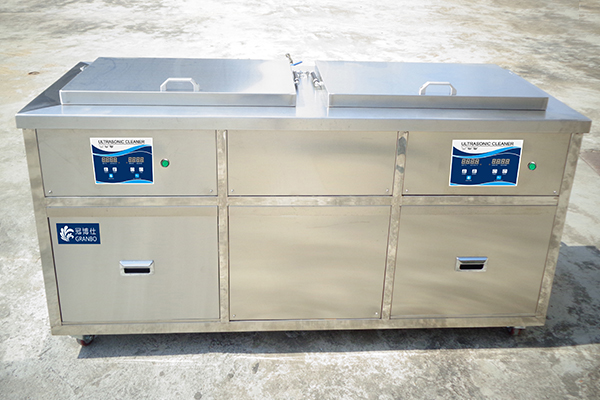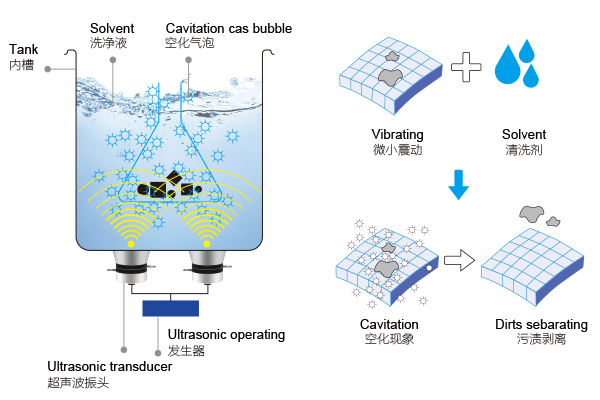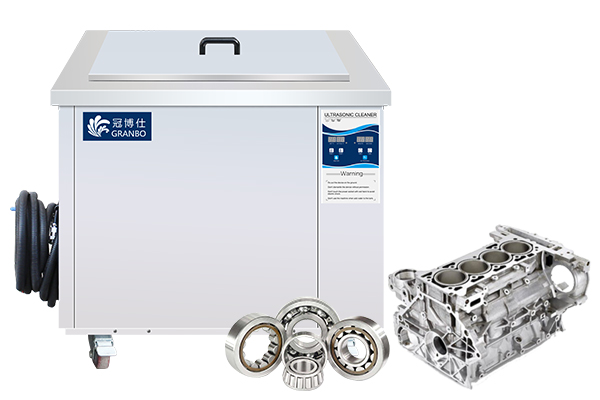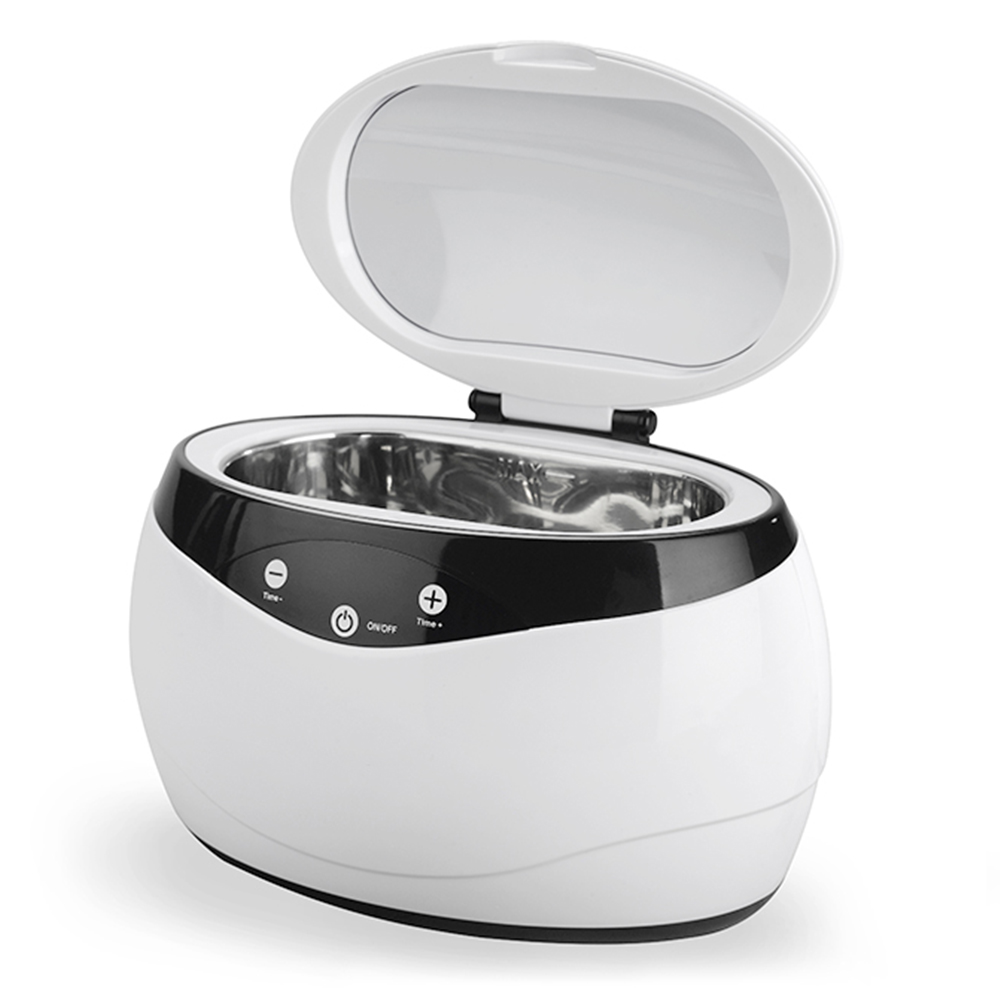Glassware is widely used in laboratories, the catering industry, and daily life due to its transparency, elegance, and practicality. However, its smooth surface often makes cleaning difficult, as stains can easily linger. Ultrasonic cleaning, with its efficiency and non-damaging properties, has become the ideal solution for cleaning glassware. So, which types of glassware can benefit from ultrasonic cleaning for better results?
I. Types of Glassware Suitable for Ultrasonic Cleaning
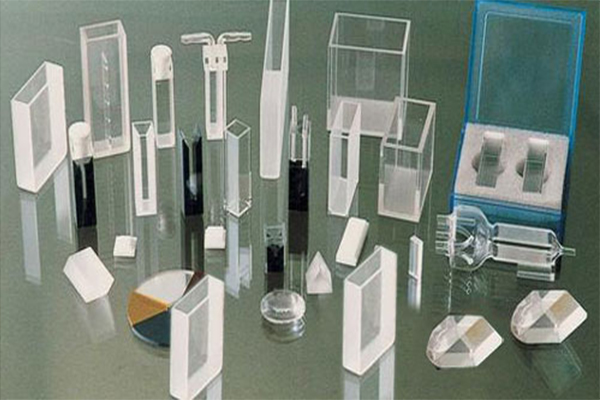
1.1 Laboratory Glassware
Common items such as beakers, graduated cylinders, test tubes, and Petri dishes often retain chemical residues, grease, or biological contaminants after use. Ultrasonic cleaning effectively removes these pollutants, particularly from hard-to-reach areas like the bottom of test tubes or the inner walls of graduated cylinders.
1.2 Medical Glass Instruments
Items like medicine bottles and the glass components of syringes can benefit from ultrasonic cleaning, as it removes drug residues, blood stains, and microorganisms, preparing them for subsequent sterilization or aseptic procedures.
1.3 Glassware in the Catering Industry
Wine glasses, glass plates, and beverage bottles often accumulate water stains, grease, and stubborn grime during use. Ultrasonic cleaning not only efficiently removes these contaminants but also restores the original shine and transparency of the glassware.
1.4 Optical Glass Components
Items such as microscope slides, lenses, and glass filters require precision cleaning. Ultrasonic cleaning can remove fine dust and fingerprints without damaging the surface, ensuring the proper performance of optical devices.
1.5 Everyday Glass Products
Items like vases and glass decorations often have intricate internal structures that make them challenging to clean. Ultrasonic cleaning quickly eliminates dust and dirt, restoring the bright appearance of these glass items.
II. Advantages of Ultrasonic Cleaning for Glassware
2.1 Deep Cleaning
Ultrasonic cleaning uses cavitation effects, allowing energy from microscopic bubble explosions to reach all corners of glassware, even the smallest crevices.
2.2 High Efficiency
Without the need for repetitive scrubbing, ultrasonic cleaning can handle multiple glass items simultaneously, significantly reducing cleaning time and increasing efficiency, especially in laboratories and catering industries.
2.3 Non-Damaging Cleaning
Glassware has smooth and fragile surfaces. Ultrasonic cleaning avoids scratching or damaging the glass, making it suitable for scenarios requiring high cleaning standards.
2.4 Reduced Labor Costs
Traditional cleaning methods require substantial manual effort. Ultrasonic cleaning automates the process, significantly reducing labor input while minimizing reliance on cleaning agents, making it an eco-friendly solution.
III. Precautions for Ultrasonic Cleaning of Glassware
3.1 Choosing the Right Cleaning Agent
Depending on the use case and types of contaminants on the glassware, select an appropriate neutral or mildly alkaline cleaning agent. For example, laboratory glassware often requires the removal of chemical residues, and specialized cleaning agents can enhance cleaning performance.
3.2 Controlling Cleaning Solution Temperature
Since glassware varies in heat resistance, it is recommended to maintain the temperature between 40-60°C during cleaning to prevent thermal damage.
3.3 Adjusting Cleaning Time
Select the cleaning time based on the adhesion level of the contaminants, typically between 5-15 minutes. Short cleaning times may lead to incomplete cleaning, while excessive times could harm delicate glass items.
3.4 Post-Cleaning Handling
After cleaning, rinse the glassware thoroughly to remove any residual cleaning agents. Use lint-free cloths or allow the items to air dry naturally to avoid leaving water stains.
Ultrasonic cleaning technology offers a safer and more efficient way to clean glassware, particularly when dealing with complex structures and stubborn stains. Whether in laboratories, medical fields, or daily life, ultrasonic cleaning maximizes cleaning efficiency while protecting the integrity and lifespan of glassware.

